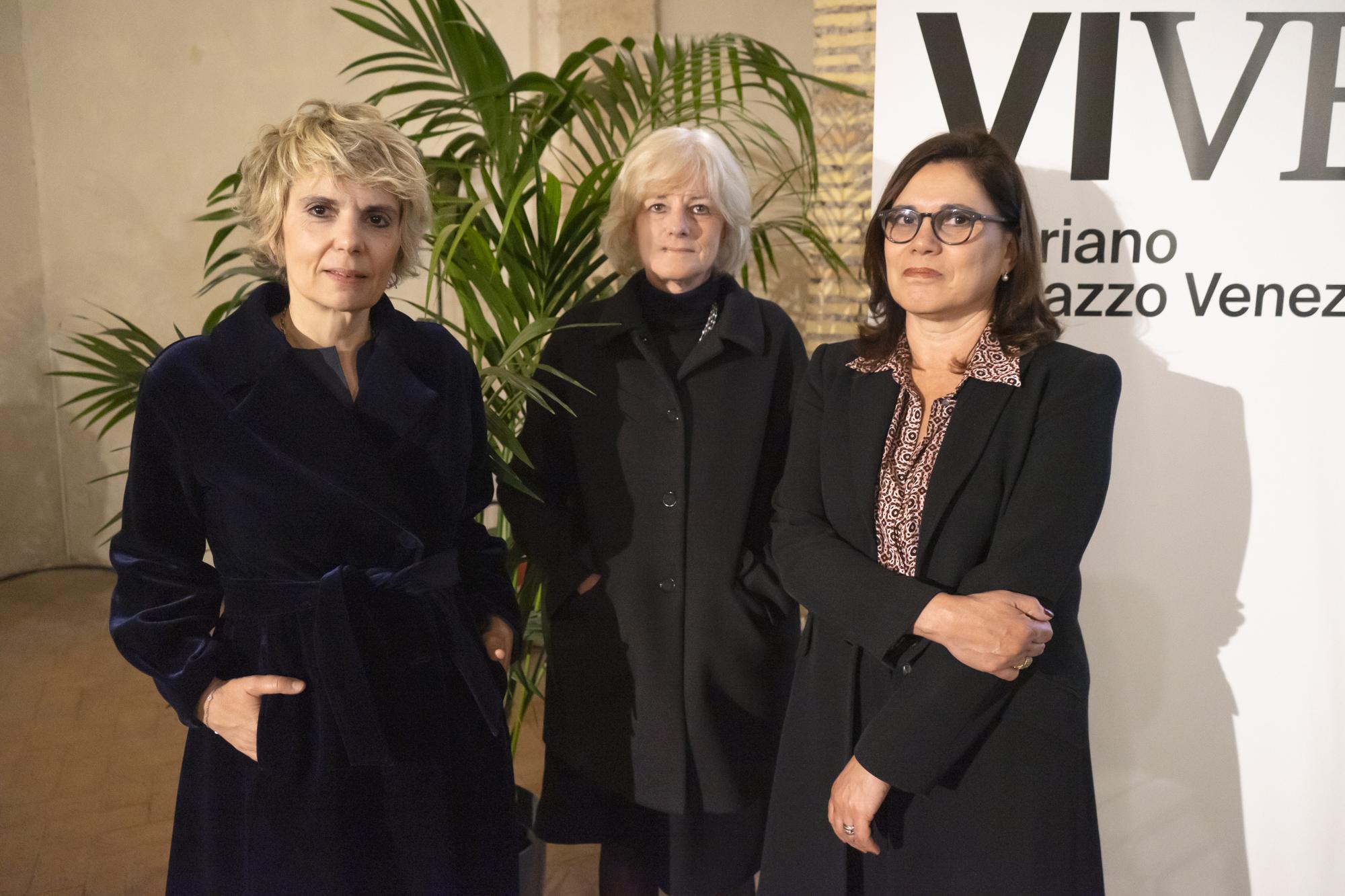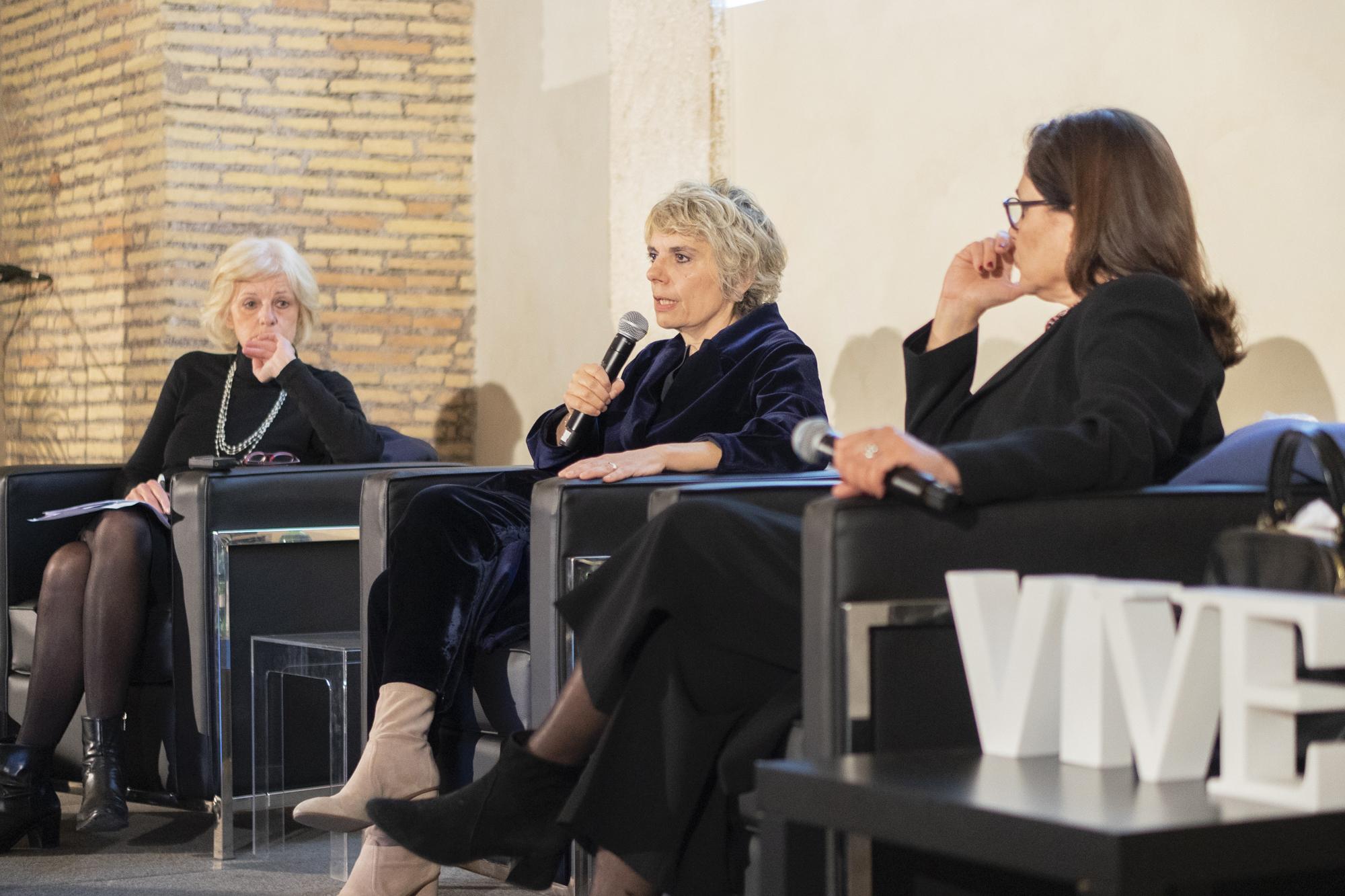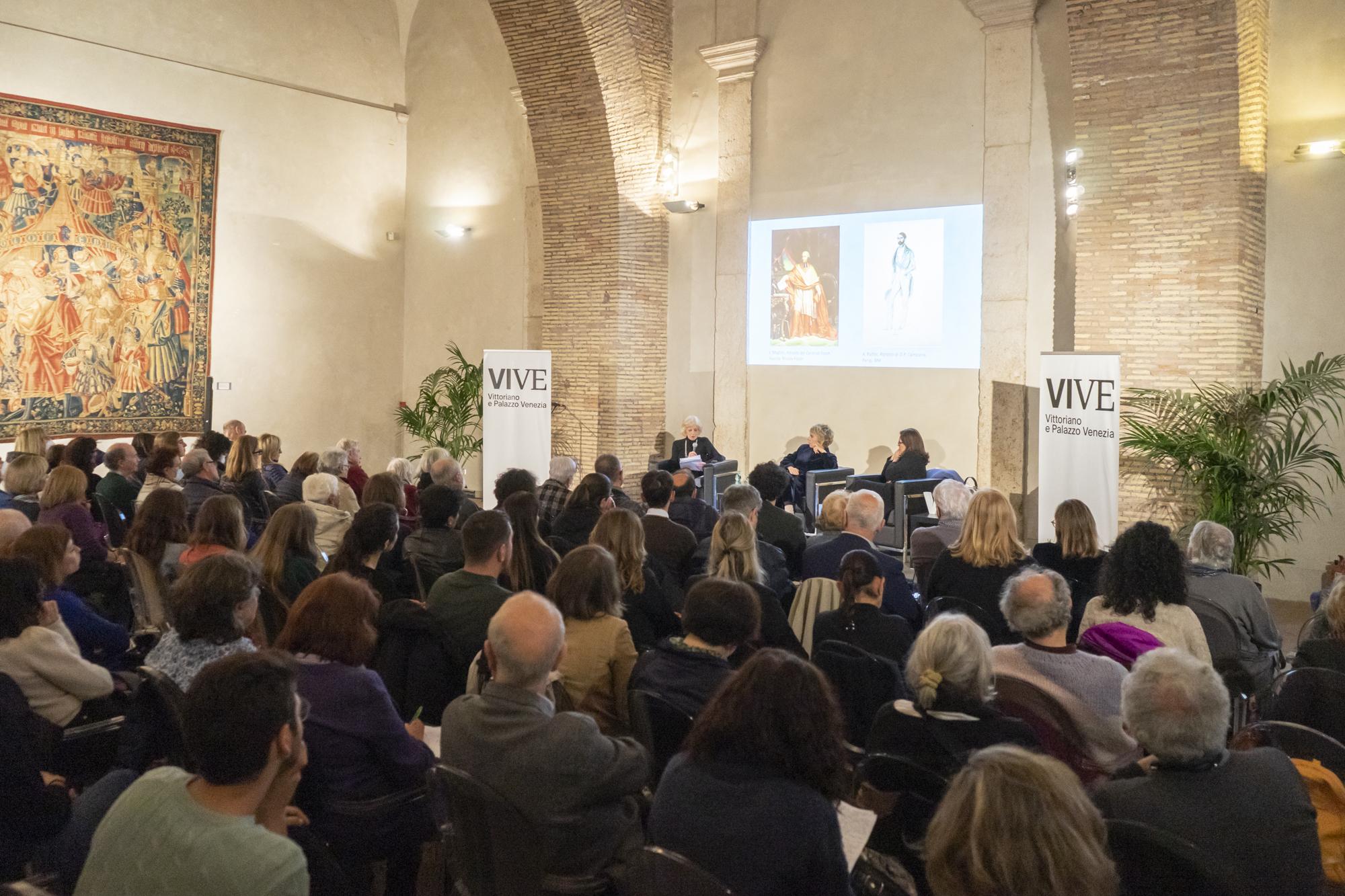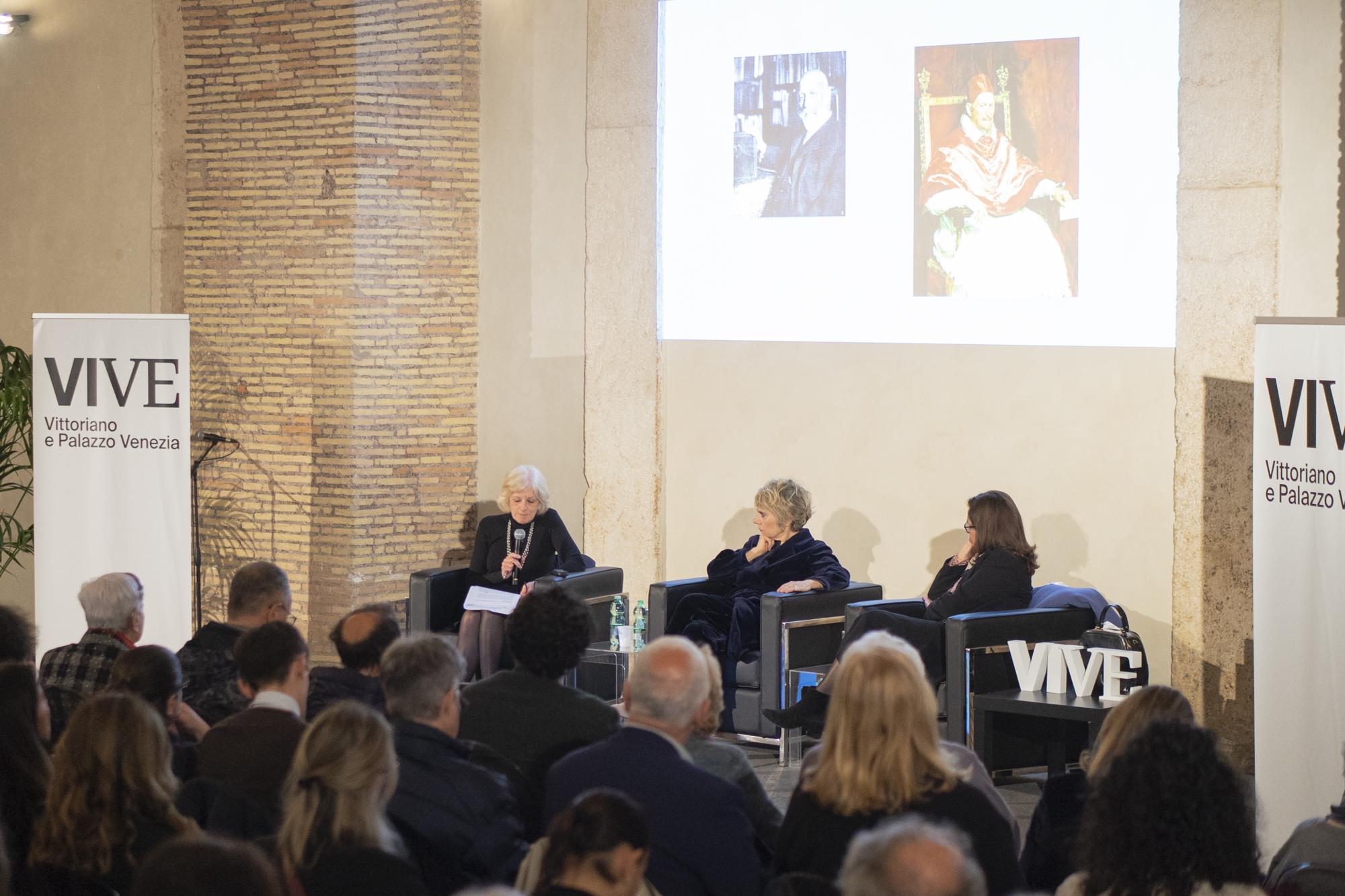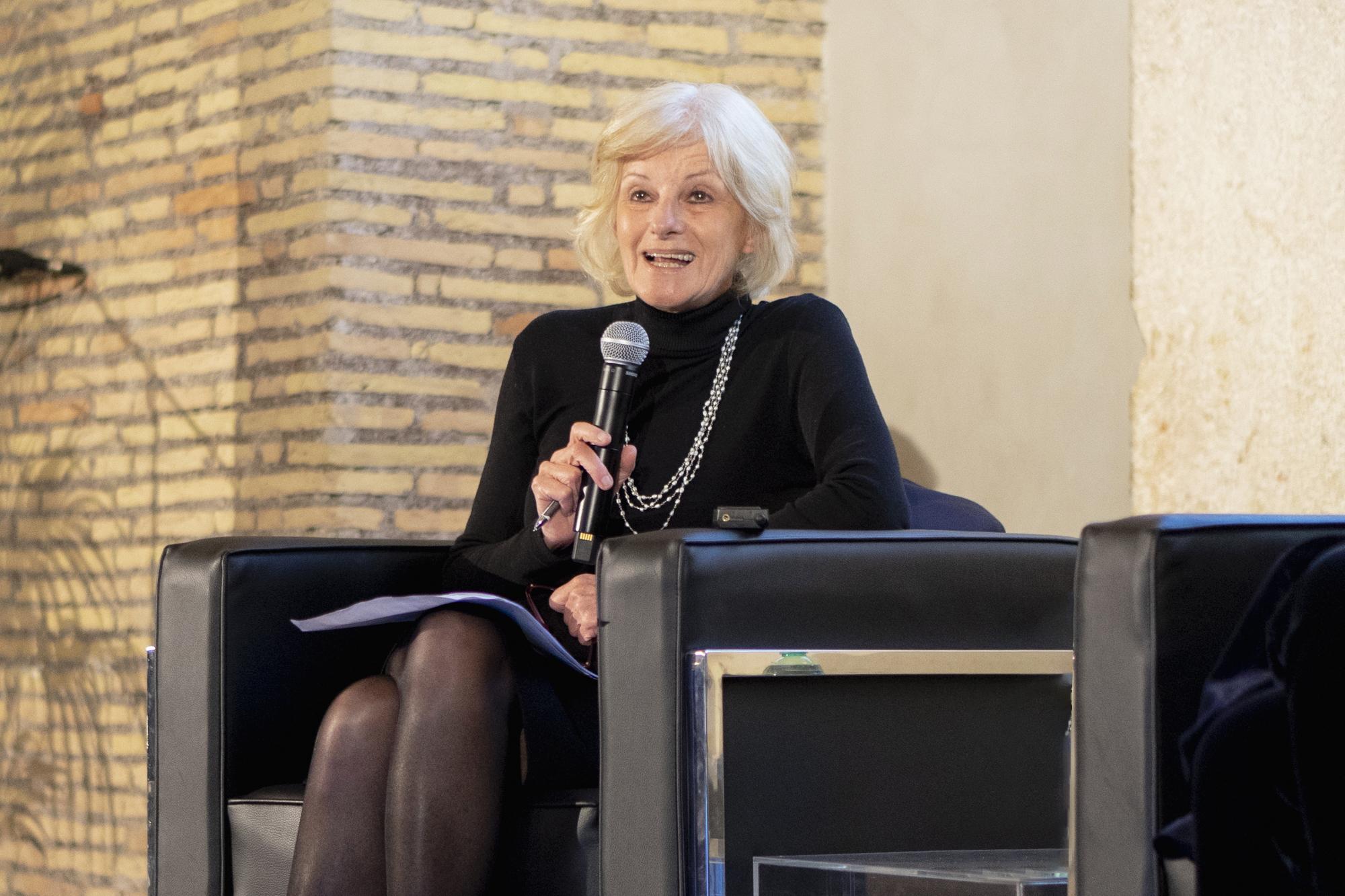SERIES: From VIVE to the city. The history of art in Rome in the 15th-20th centuries - Under the aegis of Silvia Ginzburg, professor of the History of Modern Art, Università di Roma Tre
SPEAKER: Donata Levi
DATE: Thursday 13 April, 6 pm
PLACE: Palazzo Venezia, Sala del Refettorio
From the 1840s to the end of the century, Rome’s leading galleries (Borghese, Doria Pamphilj, Corsini) as too the sales of substantial collections (e.g. those of Cardinal Fesch and Marchese Giampietro Campana) offered fertile terrain for the quests of Europe’s leading connoisseurs, allowing the discovery of works previously passed unnoticed, revised attributions and updates. Notebooks and visual recording media, reports and estimates enable us to follow the often entangled paths of some of these figures – some the directors or operatives of large foreign museums, others collectors and dealers – providing an observation post for the dynamics of the dispersal/safeguarding of Rome’ art heritage.

